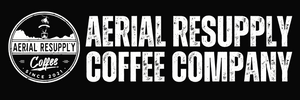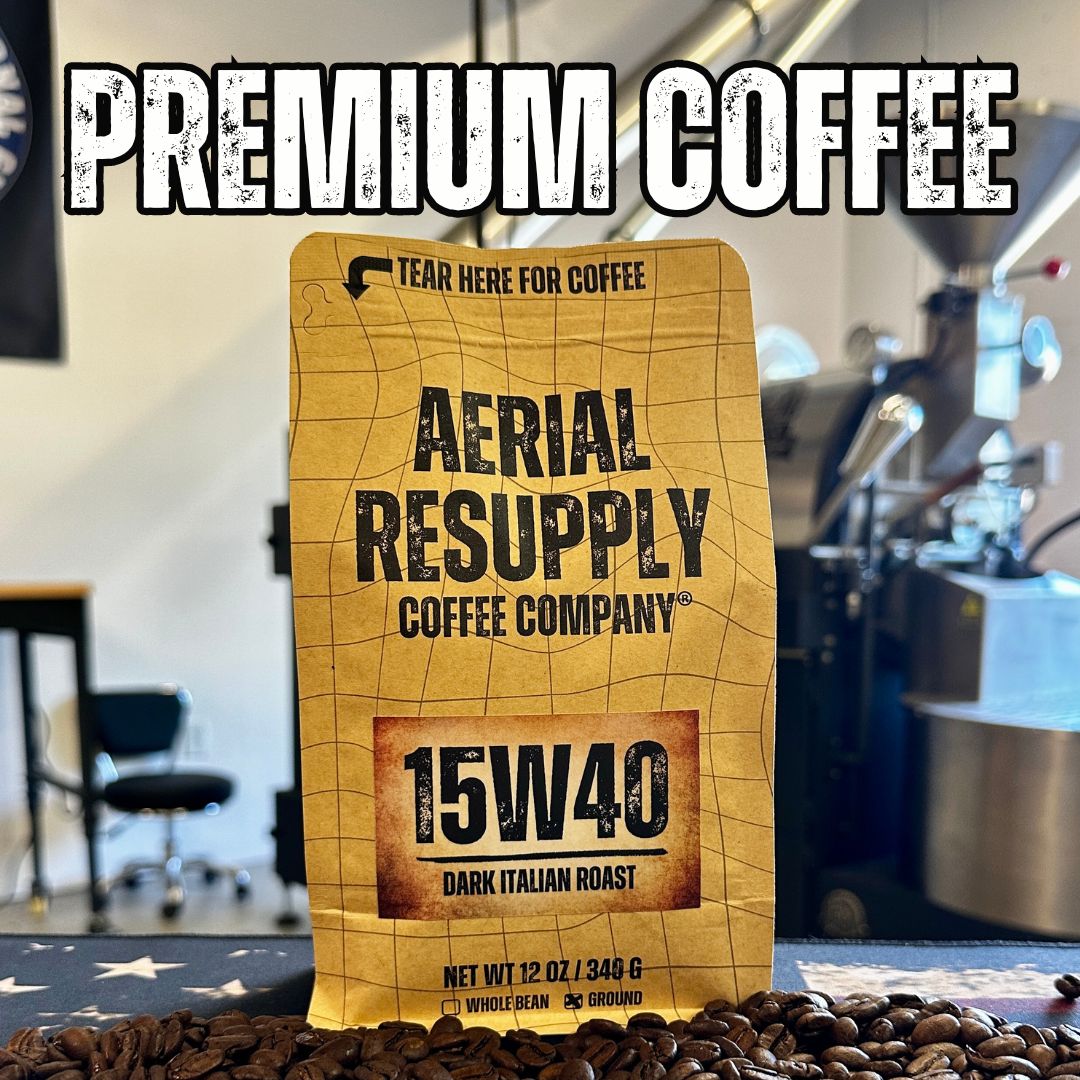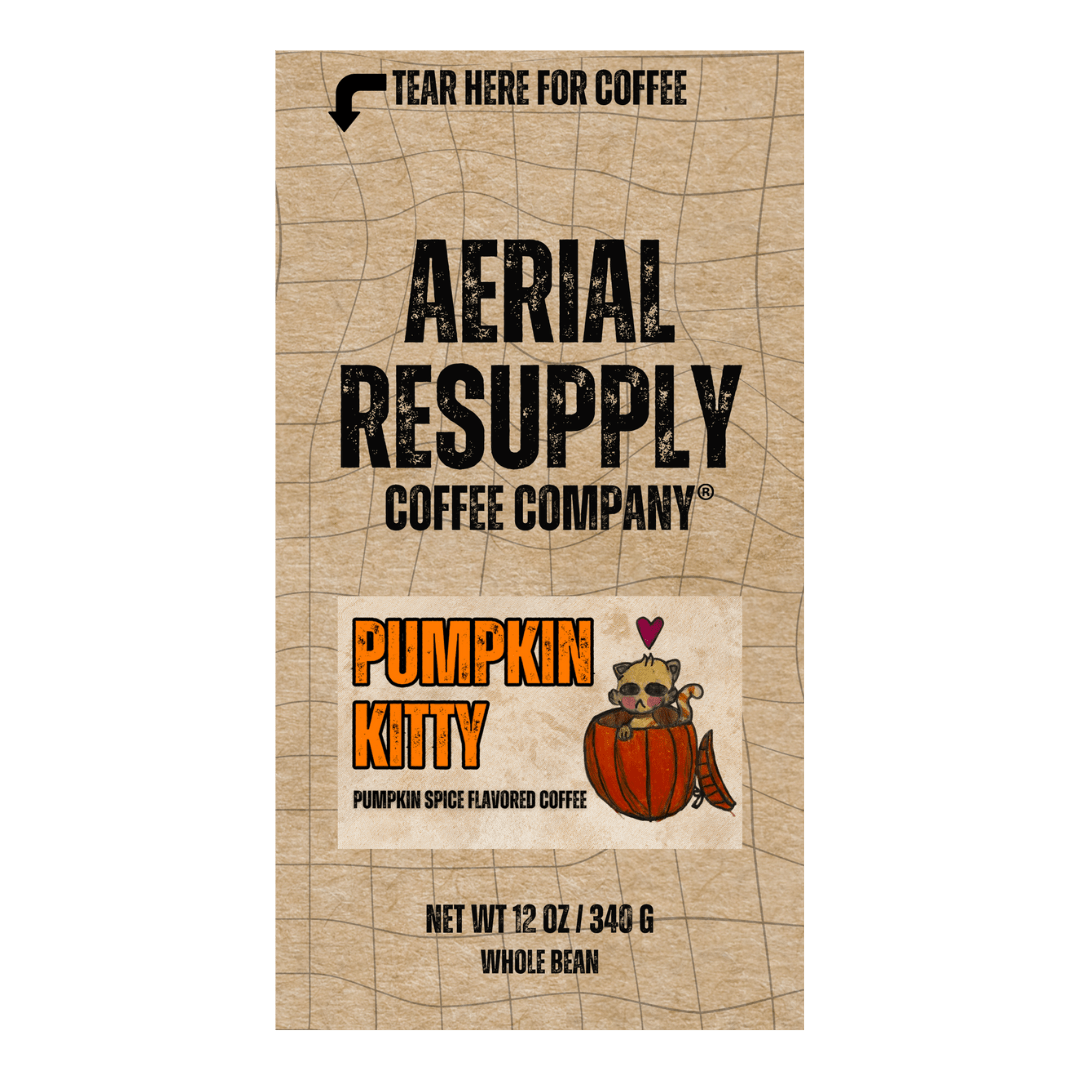How to Brew the Perfect Cup of Coffee with the Right Ground Coffee to Water Ratio
Hey, coffee lovers! It’s Brian here, your friendly neighborhood coffee geek. Today, I’m going to share with you one of the most important secrets to brewing the perfect cup of coffee: the ground coffee to water ratio.
You see, coffee is not just a drink. It’s a science. And like any science, it involves precise measurements and calculations. If you want to get the best flavor, aroma, and body from your coffee beans, you need to know how much water to use for each gram of ground coffee.
But how do you figure out the right ratio? Well, there are a few factors that you need to consider, such as:
- The type of coffee beans you are using
- The roast level of your coffee beans
- The grind size of your coffee beans
- The brewing method you are using
- Your personal taste preference
In this article, I’m going to break down each of these factors and give you some tips on how to find the optimal ground coffee to water ratio for brewed coffee. Let’s get started!
The Type of Coffee Beans You Are Using

The first thing you need to know is that different types of coffee beans have different characteristics and flavors. For example, Arabica beans are generally more acidic, fruity, and floral than Robusta beans, which are more bitter, earthy, and strong.
The type of coffee beans you are using will affect how much water you need to extract the best flavor from them. Generally speaking, the more acidic and fruity the beans are, the less water you need. The more bitter and earthy the beans are, the more water you need.
This is because acidic and fruity flavors tend to be more soluble in water than bitter and earthy flavors. If you use too much water for acidic and fruity beans, you will end up with a weak and watery brew. If you use too little water for bitter and earthy beans, you will end up with a harsh and bitter brew.
So how do you know what type of beans you are using? Well, one way is to look at the origin of the beans. Different regions produce different types of beans with different flavor profiles. For example:
- African beans tend to be more acidic, fruity, and floral
- Central American beans tend to be more balanced, sweet, and nutty
- South American beans tend to be more chocolaty, caramel-like, and smooth
- Asian beans tend to be more earthy, spicy, and herbal
Of course, these are generalizations and there are exceptions. The best way to know what type of beans you are using is to read the label or ask your roaster. They will usually provide some information about the origin, variety, and flavor notes of the beans.
Another way is to taste the beans yourself. You can do this by chewing on a few whole beans or brewing a small sample with a standard ratio (such as 1:15) and adjusting from there.
The Roast Level of Your Coffee Beans

The next thing you need to know is that different roast levels have different effects on the flavor and solubility of your coffee beans. Roasting is the process of applying heat to green coffee beans to transform them into brown coffee beans.
The roast level refers to how dark or light the beans are after roasting. Generally speaking, there are four main categories of roast levels:
- Light roast: The beans are roasted until they reach the first crack (the sound they make when they expand due to heat). They have a light brown color and retain most of their original flavor and acidity.
- Medium roast: The beans are roasted past the first crack but before the second crack (the sound they make when they release oils due to heat). They have a medium brown color and have a balanced flavor and body.
- Dark roast: The beans are roasted past the second crack or even longer. They have a dark brown or black color and have a smoky, bitter, and oily flavor.
- Espresso roast: The beans are roasted specifically for espresso machines. They have a very dark color and have a strong, intense, and rich flavor.
The roast level of your coffee beans will affect how much water you need to brew them properly. Generally speaking, the darker the roast, the less water you need. The lighter the roast, the more water you need.
This is because roasting reduces the moisture content and increases the solubility of your coffee beans. If you use too much water for dark roasted beans, you will over-extract them and get a burnt and bitter taste. If you use too little water for light roasted beans, you will under-extract them and get a sour and weak taste.
So how do you know what roast level your beans are? Well, one way is to look at the color of the beans. The darker the color, the darker the roast. Another way is to read the label or ask your roaster. They will usually indicate the roast level or name of the beans.
The Grind Size of Your Coffee Beans
The third thing you need to know is that different grind sizes have different impacts on the extraction and flavor of your coffee beans. Grinding is the process of breaking down whole coffee beans into smaller particles.
The grind size refers to how fine or coarse your coffee particles are after grinding. Generally speaking, there are six main categories of grind sizes:
- Extra coarse: The coffee particles are very large and chunky, like coarse sea salt. This grind size is suitable for cold brew or French press.
- Coarse: The coffee particles are large and rough, like kosher salt. This grind size is suitable for percolator or Chemex.
- Medium-coarse: The coffee particles are medium and irregular, like coarse sand. This grind size is suitable for Clever Dripper or Cafe Solo.
- Medium: The coffee particles are uniform and smooth, like table salt. This grind size is suitable for drip or pour over.
- Fine: The coffee particles are small and powdery, like flour. This grind size is suitable for espresso or Moka pot.
- Extra fine: The coffee particles are very small and dusty, like powdered sugar. This grind size is suitable for Turkish coffee.
The grind size of your coffee beans will affect how much water you need to brew them correctly. Generally speaking, the finer the grind, the less water you need. The coarser the grind, the more water you need.
This is because grinding increases the surface area and contact time of your coffee beans with water. If you use too much water for fine grinds, you will over-extract them and get a bitter and astringent taste. If you use too little water for coarse grinds, you will under-extract them and get a sour and flat taste.
So how do you know what grind size your beans are? Well, one way is to look at the texture of the grounds. The finer the texture, the finer the grind. Another way is to use a grinder that has settings for different grind sizes. You can also adjust the grind size manually by changing the burr distance or blade speed.
The Brewing Method You Are Using

The fourth thing you need to know is that different brewing methods have different requirements and preferences for the ground coffee to water ratio. Brewing is the process of extracting flavor and aroma from ground coffee beans with hot water.
The brewing method refers to how you apply water to your coffee grounds and how you filter them afterwards. Generally speaking, there are four main categories of brewing methods:
- Immersion: The coffee grounds are fully submerged in water for a certain amount of time and then filtered out. Examples include French press, cold brew, AeroPress, and Clever Dripper.
- Drip: The water is poured over the coffee grounds in a filter and drips through by gravity. Examples include automatic drip machine, pour over, Chemex, and Cafe Solo.
- Pressure: The water is forced through the coffee grounds under high pressure and extracted in a short time. Examples include espresso machine, Moka pot, and AeroPress (inverted method).
- Boiling: The water and coffee grounds are boiled together in a pot and then separated by settling or filtering. Examples include Turkish coffee and cowboy coffee.
The brewing method you are using will affect how much water you need to brew your coffee properly. Generally speaking, immersion and pressure methods require less water than drip and boiling methods.
This is because immersion and pressure methods increase the extraction efficiency and speed of your coffee grounds with water. If you use too much water for immersion and pressure methods, you will dilute your brew and lose flavor. If you use too little water for drip and boiling methods, you will concentrate your brew and make it bitter.
So how do you know what brewing method you are using? Well, one way is to look at the equipment you are using. Different equipment have different designs and functions for different brewing methods. Another way is to follow the instructions or recipes that come with your equipment or online sources.
Your Personal Taste Preference
The last thing you need to know is that different people have different taste preferences and expectations for their coffee. Taste is a subjective and personal experience that depends on many factors, such as:
- Your genetics
- Your culture
- Your mood
- Your environment
- Your habits
Your personal taste preference will affect how much water you need to brew your coffee according to your liking. Generally speaking, there is no right or wrong answer when it comes to taste preference. It’s all about what makes you happy and satisfied.
However, there are some general guidelines that you can follow to find your ideal ground coffee to water ratio based on your taste preference:
- If you like your coffee strong, bold, and intense, use less water (such as 1:10 or 1:12) and a finer grind (such as fine or medium-fine).
- If you like your coffee smooth, balanced, and sweet, use a moderate amount of water (such as 1:15 or 1:17) and a medium grind (such as medium or medium-coarse).
- If you like your coffee light, delicate, and fruity, use more water (such as 1:18 or 1:20) and a coarser grind (such as coarse or extra coarse).
Of course, these are just suggestions and you can always experiment with different ratios and grinds to find your sweet spot. The best way to do this is to use a scale and a timer to measure your coffee and water accurately and consistently. You can also use a thermometer to check the water temperature and a refractometer to measure the extraction level of your brew.
How to Choose the Right Coffee Beans for Your Brew

Now that you know how to find the optimal ground coffee to water ratio for brewed coffee, you might be wondering how to choose the right coffee beans for your brew. After all, the quality and freshness of your beans will also affect the taste and aroma of your coffee.
Well, lucky for you, I have some recommendations for you. As you know, I’m a big fan of Aerial Resupply Coffee, a veteran-owned coffee brand that offers premium roasted coffee with amazing flavors and stories. They source their beans from the best regions around the world and roast them in small batches to ensure freshness and quality.
Here are some of their roasts that I think you will love:
- Lifeline: A light roast with notes of floral, lemon, and peach.
- Firewatch: A medium roast with hints of citrus at the end.
- Spectre: Our dark espresso roast - made for those who prefer the delicious taste of espresso. Perfect for the weekend-warrior coffee enthusiast.
- MOAB: Our medium double caffeinated roast made from 100% Robusta Bean Coffee beans. .
- 15W40: Our darkest roast, for those who prefer the bold flavor in their cup..
You can order these roasts online from their website or find them in select stores near you. Trust me, you won’t regret it.
Conclusion
There you have it, folks. Everything you need to know about ground coffee to water ratio for brewed coffee. I hope you learned something new today and enjoyed reading this article.
Remember, coffee is not just a drink. It’s a science. And like any science, it involves trial and error. So don’t be afraid to experiment with different ratios, grinds, beans, and methods until you find your perfect cup of coffee.
If you have any questions or comments, feel free to leave them below. I’d love to hear from you.
And if you want to read more articles like this one, check out my blog The Flightline Cafe. I post regularly about all things coffee-related, from tips and tricks to reviews and recipes like these articles:
Why Aerial Resupply Coffee has the best espresso k-cups
How to use Navy Coffee in your baking recipes
This insane hack is how you keep your coffee fresh!
Until next time, stay caffeinated!
Brian





